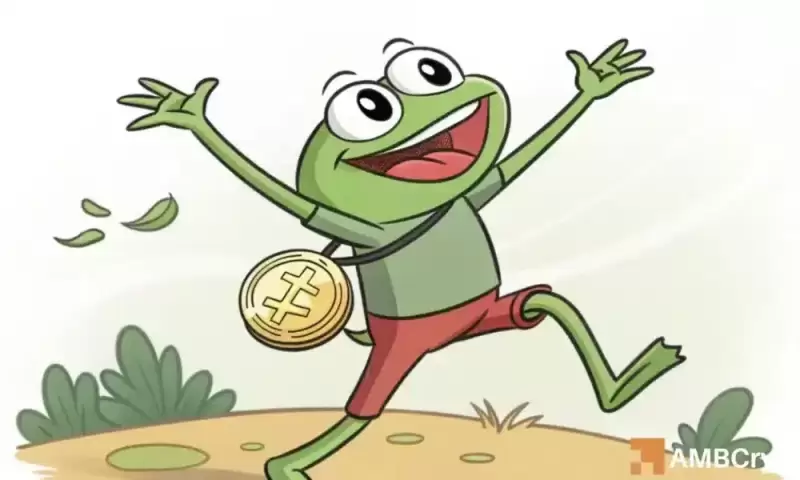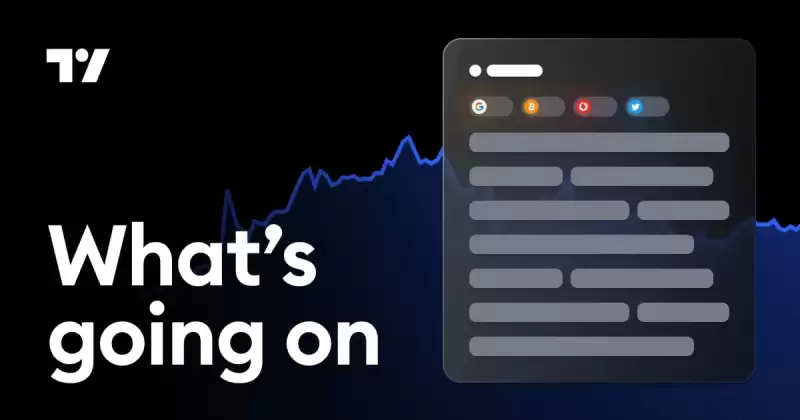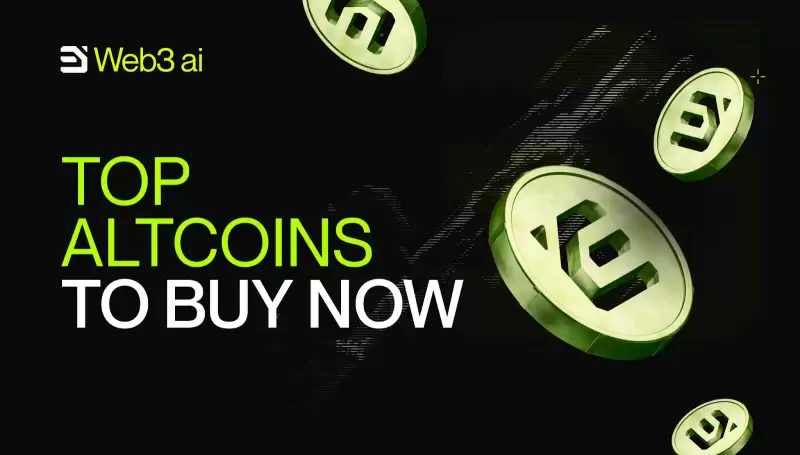 |
|
 |
|
 |
|
 |
|
 |
|
 |
|
 |
|
 |
|
 |
|
 |
|
 |
|
 |
|
 |
|
 |
|
 |
|
Cryptocurrency News Articles
A Statue of Satoshi Nakamoto, the Pseudonymous Inventor of Bitcoin, Is Displayed in ... More Graphisoft Park in Budapest, Hungary.
Mar 21, 2025 at 02:05 am
Bitcoin is an invention that uses cryptography to create a new form of money called a digital commodity. It challenges the notion that a central authority must govern money and payments.

A statue of Satoshi Nakamoto, the pseudonym used by the inventor of bitcoin, has been unveiled in Graphisoft Park in Budapest, Hungary.
The inventor of bitcoin, known by the pseudonym Satoshi Nakamoto, is a figure who has sparked endless curiosity and speculation. Despite the extensive research and theories, Nakamoto's identity remains a mystery, adding a layer of intrigue to the cryptocurrency's narrative.
While some view Nakamoto's anonymity as a reason for suspicion, a deeper analysis leads many to the conclusion that bitcoin's success would have been hindered if the inventor's identity had been revealed.
"If a named individual had claimed ownership of it, governments could have applied pressure and shut down the project in its infancy. Instead, bitcoin quickly grew beyond any single point of failure," noted an article by Ben Armstrong.
In the early days of bitcoin, researchers and activists strived to create "digital cash" that embodied the physical scarcity of gold. Chaum's eCash, Dai's b-money, and Szabo's Bit Gold each introduced cryptographic tokens, timestamped record-keeping, and the concept of decentralized money. However, they couldn't fully solve the problem of eliminating a central coordinator and had limited success in resolving the "double spending" problem.
"Meanwhile, other breakthroughs, like Haber and Stornetta's linked timestamping for document notarization, Merkle's trees for efficient hashing and Back's invention of proof-of-work, provided more building blocks," the article added.
These ideas, developed throughout the 1980s and '90s, would prove crucial in bitcoin's design. Satoshi's unique contribution was combining these threads of cryptography research to design a monetary network free from bank-like servers and a single point of control.
Nakamoto was active in the online forums of the cypherpunk movement, a group of privacy-focused activists who believed in using cryptography to protect personal freedom.
After publishing the famous white paper called "Bitcoin: A Peer to Peer Electronic Cash System" in 2008, and mining the first bitcoin block in early 2009, he coded the first implementation of the bitcoin software. Over the next few years, he participated in online discussions about bitcoin.
Once the Bitcoin Network became self-sustaining, Satoshi vanished, leaving behind one of the most enduring mysteries in the tech world.
As the article pointed out, Nakamoto's anonymity is likely part of the reason why bitcoin succeeded.
"If a known individual had claimed ownership of it, governments could have applied pressure and shut down the project in its infancy. Instead, bitcoin quickly grew beyond any single point of failure."
In the very first days of the Bitcoin Network's existence, only a handful of enthusiasts participated in order to test the technology. The first bitcoin transaction took place in January 2009, when Satoshi Nakamoto paid Hal Finney 0.01 bitcoins in a transaction that was mined in the second block.
These pioneers began mining bitcoin using home computers, generating block rewards that were worthless at the time, since bitcoin had not yet been exchanged for anything in the real world.
But the idea of using bitcoin in real-world scenarios soon gained traction. The first known commercial transaction happened on May 22, 2010, when a user exchanged 10,000 bitcoins for two pizzas from Papa John's. This moment, which is annually remembered as Bitcoin Pizza Day, gave bitcoin an exchange rate of $0.0041.
At the time, many people thought the transaction was a joke, but it helped introduce bitcoin to a broader audience and sparked interest in the technology. It also marked the beginning of bitcoin's journey from a cryptography project to a global monetary network.
As the article further explained, bitcoin's evolution is marked by significant events that helped it mature from a niche cryptography research project into a global phenomenon.
Some of these events, or milestones, changed how the world views, trades and holds this unique digital asset.
In the beginning, peer-to-peer trades and small online forums were the only way to buy or sell bitcoin. Then, dedicated exchanges started to emerge, offering a more familiar trading environment. However, these early platforms often struggled with security, liquidity and regulatory uncertainty.
Over time, many small exchanges either closed down or merged with better-capitalized rivals. This consolidation led to a handful of reputable trading platforms that made it simpler for newcomers to buy bitcoin with their local currency.
This shift toward more professional operations helped bolster market confidence and further legitimized bitcoin as a tradable asset.
Bitcoin's underlying software is open source, meaning anyone in the world can look at the code and propose changes. Occasionally, disagreements over technical direction trigger "forks," creating new versions of the software or entirely separate networks.
One famous example is the 2017 "Blocksize War" that produced Bitcoin Cash
Disclaimer:info@kdj.com
The information provided is not trading advice. kdj.com does not assume any responsibility for any investments made based on the information provided in this article. Cryptocurrencies are highly volatile and it is highly recommended that you invest with caution after thorough research!
If you believe that the content used on this website infringes your copyright, please contact us immediately (info@kdj.com) and we will delete it promptly.
-

-

-

-

- Mantra (OM) founder and CEO John Patrick Mullin has started unstaking 150 million of his Mantra (OM) tokens
- Apr 22, 2025 at 01:30 pm
- Mantra announced on April 21 that the unstaking process had begun, and would be completed by April 29, at which point Mullin's Mantra (OM) tokens will be sent to the burn address
-

-

-

-

-





























































